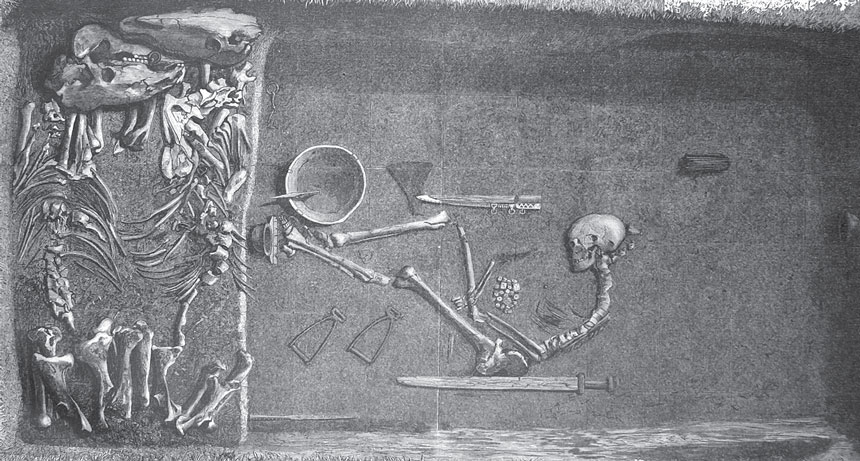These 2017 discoveries could be big news, if they turn out to be true
Some reports from 2017 hint at potentially big discoveries — if the research holds up to additional scientific scrutiny.
Under pressure
Putting the squeeze on hydrogen gas turned it into a long-elusive metal that may superconduct, Harvard University physicists claimed (SN: 2/18/17, p. 14). A diamond vise, supercold temperatures and intense pressure made the element reflective — a key property of metals. But other researchers in the field don’t buy it; one experiment with a slew of caveats isn’t enough to confirm the claim, those scientists say.
Woman warrior?
The skeleton of a 10th century Viking woman buried in full warrior regalia has scientists sparring over women’s roles in Viking society (SN: 10/14/17, p. 6). Researchers who confirmed the skeleton’s sex through DNA analysis contend that the woman was a high-ranking Viking warrior, the first Viking woman warrior known. But other archaeologists argue that the bones — with no obvious signs of injury or strenuous physical activity — are too pristine to have seen battle.
Blink and you’ll miss it
A far-flung star’s extra wink, spotted in data from the Kepler space telescope and further probed by the Hubble Space Telescope, may be the first evidence for an exomoon — a moon orbiting a planet orbiting a distant star. If it exists, the Neptune-sized candidate moon (dubbed Kepler 1625b i) is roughly 4,000 light-years away and orbits a planet a tad larger than Jupiter (SN: 8/19/17, p. 15).
Rooting out hominid origins
The first members of the human evolutionary family may have originated in Europe, not Africa. New analyses of a fossilized jaw (shown) and teeth from Graecopithecus, a chimpanzee-sized primate that lived in southeastern Europe roughly 7 million years ago, suggest that it may be the earliest known hominid (SN: 6/24/17, p. 9). But more complete fossils are needed to determine whether Graecopithecus was truly a hominid .